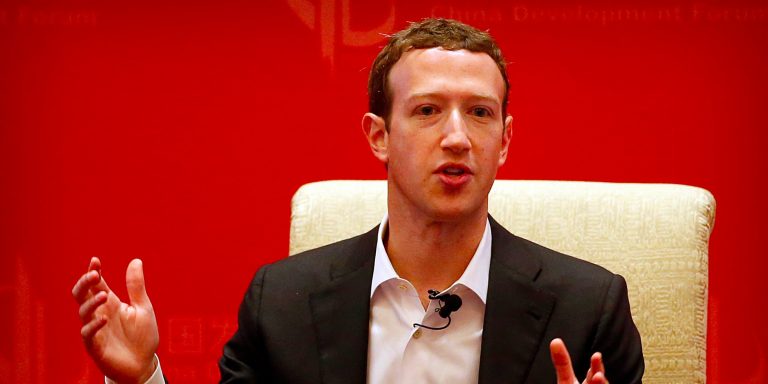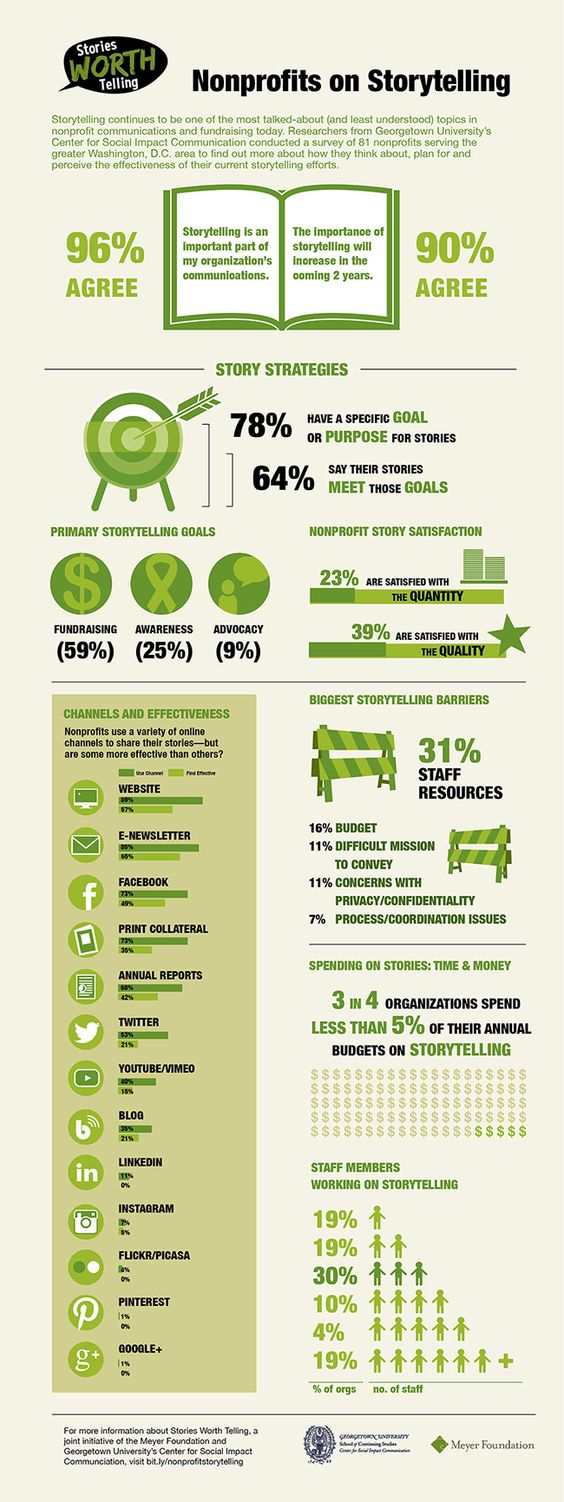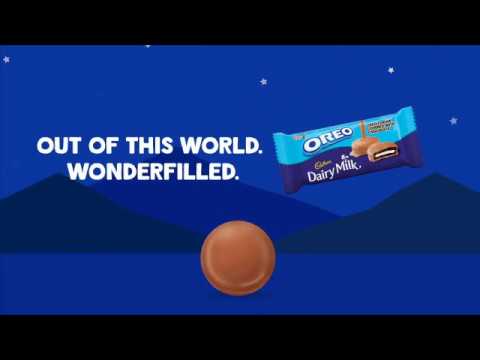How to Create Effective 6-second Bumper Ads for YouTube
Some people check their phones every 6 seconds.
6 seconds of mindfulness can make you more effective.
It takes 6 seconds for the blood in your body to go from the heart to the lungs and back.
As you can see there are a lot of things that happen in 6 seconds.
What about marketing and advertising?
Ernest Hemingway was able to tell a story in 6 words:
For sale: baby shoes. Never worn.
Can marketers and brand managers do the same?
Introduced by Vine in 2012, the short-form video hosting service where users could share six-second-long looping video clips, six years later the 6-second videos are making a comeback.
With YouTube introducing 6-second ads in 2016, marketers and brand managers have been challenged to tell stories really fast.
It seems the trend is here to stay because according to Vidyard’s 2018 Benchmark Report – Video in Business, 75% of videos produced by businesses are less than 2 minutes while 54% are up to 60 seconds.
How to Create Effective 6-second Bumper Ads for YouTube
Realeyes, the emotional intelligence platform which uses the power of AI to help brands measure their video content in terms of attention, emotions and sentiment, has the following statistics regarding 6-second videos:
- They grab similar attention as longer ads;
- They score higher attraction, happiness and engagement with teens under 19 years old than with people 30+ years old;
- They are 26% better at grabbing attention on mobile versus desktop;
- Brevity can be very effective, but it’s not about cutting down a longer story to an abbreviated version.
Start with something relatable.
Alexander Engel, Filmmaker via ThinkwithGoogle
How-to create effective 6-second ads according to Realeyes:
- Go native: create for the channel you will broadcast the video ad on;
- Don’t use cut-downs;
- Don’t compromise on the aspect ratio;
- Deliver a concise message: don’t cram too much into six seconds;
- Rather than trying to tell a whole story, you can use the 6-seconds ad to entice the audience to begin a campaign journey with a clear call-to-action to “swipe up”;
- If possible don’t edit the scenes;
- Keep your visuals free of distractions;
- Keep your copy simple.
Key takeaways from Realeyes regarding the 6-second ads:
- 3x more emotional impact per second than 30-sec videos;
- 2.7x more effective when used as a campaign reminder than a teaser;
- 43% more emotionally engaging when placed alongside premium content;
- 40% more emotionally engaging for digital natives;
- 26% better at grabbing attention on mobile versus desktop;
- Up to 1.6x more emotionally engaging than the average Super Bowl ad.
Google, which acquired YouTube in 2006 is using its powerful resources to gather consumer insights, map out culture, trends and industries benchmarks. ThinkwithGoogle is rich with latest stories, data and inspiration.
Keep everything simple.
Lawrence Chen, Director, BBDO —Daniel Adrain, Creative Director, BBDO via ThinkwithGoogle
Here are the Dos and Don’ts of creating effective YouTube 6-second bumper ads according to Google:
- Creativity loves constraints so it’s no surprise that 6-second video ads have unleashed a tidal wave of creative, innovative storytelling;
- Begin with a striking visual and build the story around it;
- Immediately let your viewers know they’ve stepped into your brand’s space;
- Avoid the temptation to cram too much into the opening, which may confuse viewers;
- Leave viewers with a clearly expressed final thought or call to action that’s given enough time to sink in;
- Focus on keeping it simple and delivering it well;
- Leverage simple visuals or a striking headline with music;
- Go beyond a single ad to a series of six-second spots that may explore different facets of an idea or message;
- Plan for 6 seconds.
The Harvard Business Review conducted a research in an attempt to discover what makes an ad go viral. Although the study looks at all video ads irrespective of their length, the findings are useful because they pinpoint 5 problems and offers 5 solutions.
Build curiosity.
Lake Buckley, Filmmaker via ThinkwithGoogle
4 tips and tricks to create effective video ads according to the Harvard Business Review:
1. Problem: Branding puts off viewers
The researchers found that the more prominent or intrusive the logo, the more likely viewers are to stop watching even if they know and like the brand.
Solution: Weave the brand image unobtrusively throughout the ad. Ask yourself: If I remove the brand image, will the content still be intrinsically interesting? If the answer is yes, viewers are more likely to keep watching.
2. People get bored right away
People may start viewing the ad, but they lose interest very quickly. Harvard Business Review found that keeping viewers involved depended in large part on two emotions: joy and surprise.
Solution: Today’s online viewers need to be hooked in the opening seconds so create joy or surprise right away.
3. People Watch for a While but Then Stop
As a marketer you know that your ad must play the emotional card to be effective. Surprisingly, ads that produce stable emotional states generally aren’t effective at engaging viewers for very long.
Solution: Building emotion into your ad is important but equally important is how you build it. Give your viewers an emotional roller coaster.
4. People Like an Ad but Won’t Share It
A viral ad is not build on viewership alone, but on the number of shares it gets – that’s what marketers and brand managers look for. Even though people may enjoy an ad themselves, they won’t always send it to others.
Solution: Surprise your viewers, but don’t shock them.
What will the new Facebook news feed changes bring
One of Facebook’s big focus areas for 2018 is making sure the time everybody spends on Facebook is time well spent. “We built Facebook to help people stay connected and bring us closer together with the people that matter to us. That’s why we’ve always put friends and family at the core of the experience. Research shows that strengthening our relationships improves our well-being and happiness. But recently we’ve gotten feedback from our community that public content — posts from businesses, brands and media — is crowding out the personal moments that lead us to connect more with each other,” wrote Facebook’s creator Mark Zuckerberg.
Moreover, according to him, the social media platform’s representatives feel a responsibility to make sure their services aren’t just fun to use, but also good for people’s well-being.
Therefore, the company invested in a deep research that shows that when we use social media to connect with people we care about, it can be good for our well-being. We can feel more connected and less lonely, and that correlates with long term measures of happiness and health. On the other hand, passively reading articles or watching videos — even if they’re entertaining or informative — may not be as good.
Based on the research and the new desires for the brand, some of the main changes will be seen by Facebook’s users in the nearest future. Facebook’s News Feed algorithm will prioritize “meaningful social interactions” over “relevant content”. Moreover, Facebook will de-prioritize videos, photos, and posts shared by businesses and media outlets, which Zuckerberg considered “public content”, in favor of content produced by a user’s friends and family.
“The shift is the most significant overhaul in years to Facebook’s News Feed, the cascading screen of content that people see when they log into the social network. Over the next few weeks, users will begin seeing fewer viral videos and news articles shared by media companies. Instead, Facebook will highlight posts that friends have interacted with — for example, a photo of your dog or a status update that many of them have commented on or liked,” wrote The New York Times.

“The changes seemed designed to quiet some of the maelstrom of criticism Facebook has received in the past year, as critics have taken the company to task for cloistering users in filter bubbles, facilitating the proliferation of misinformation, allowing foreign interference in national elections, and exploiting human psychology for profit,” wrote Julia Carrie Wong for The Guardian.
But, the biggest problems that may arise, apart from unimportant, silly posts being “privileged”, the changes in Facebook’s News Feed will affect the most the publishers, nonprofits, small business and many other groups rely on the social network to reach people. Adam Mosseri, vice president of product management at Facebook, who is responsible for running the News Feed, quoted by New York Times, acknowledged that “there will be anxiety” from partners and publishers who often complain about the constant changes in what will be shown across the network.
Moreover, according to ABC, “the latest move represents a major shift, one intended to highlight the posts users are most likely to engage with rather than passively consume. There will be fewer videos, which Facebook considers “passive”. The changes won’t affect ads and will likely hurt businesses that want to reach followers without paying to advertise”.
It’s interesting to see how will the other social networks react to this Facebook change and how much it will actually impact the brands and businesses.
How to create an online storytelling campaign for an NGO
“Storytelling is how humans communicate with each other, the way that we make sense of complex information, and how we relay our experiences to others. Nonprofit storytelling can motivate people to pay attention and take action. Emotional, appealing stories can build an online audience for your nonprofit,” wrote TheBalance.

Videos allow you to combine your dynamic story with emotion to create a connection with your audience that words and photos cannot build. Emotion is your main asset to use. Moreover, organizations can convey impact in a way that engages and inspires donors by persistently telling stories.Through storytelling, nonprofit organizations can harness the power of emotion to make a connection with donors that inspires action.
According to thebalance.com, a storytelling campaign has three phases: planning, implementation, and evaluation. In the planning stage, you need to articulate the goal of the storytelling campaign clearly. “Design each campaign for a defined purpose and to accomplish a specific goal. You may need to carry out multiple storytelling campaigns per month to achieve your goal, or perhaps just one per quarter, depending on your resources. Once you define the action that you want people to take, you can determine who is most likely to take that action, and the emotional storytelling hooks to get them to do so.”
The next steps are selecting your audience and making sure that the story is true and it fits the audience’s expectations and realities. There are five main types of stories that nonprofits can collect and develop — value stories, social proof stories, founder stories, resilience/continuous improvement stories, and impact stories. After deciding that you must collect the necessary pieces of information to create the right campaign, choose the right channels to whom to send it and promote it,create it, share it and evaluate it. More details you can find here.
“Because e-mail is a great way to engage supporters who might not regularly visit your website, you can use it to hook supporters into your story and prompt further action, without it feeling like you’re asking for donations at every point of communication. Use e-mail as an opportunity to invite readers to be the hero of your organization’s mission. Layer in visuals: With the average person’s attention span maxing out at 8 seconds, you can’t afford to deliver a novel to people’s inboxes. Instead, think of your story as a short picture book. This email is such a great example because it injects an image after every couple sentences. Break up blocks of text with visuals to keep readers engaged and keep your copy clear, simple and concise,” wrote classy.org.
More ideas and pieces of advice you can find also here.
The secret to winning a Cannes Lion
No matter the changes that the advertising world saw in the last years, Cannes Lions remains the most important festival of the industry and its awards the most wanted and desired. Therefore, it’s only natural for all the agencies and marketers to be curious to know the secret of winning one. So what are the ingredients that turn your campaigns or executions into possible winning ones? The important, big awards are given to disruptive, irreverent, totally different pieces of work that are known and loved at an international level.
Looking at the works that one and listening to several jury members, we were able to highlight some points that will give you a clearer picture on the topic.
“We felt the new integration is about transcending intermedia and really integrating into culture and society,” said Jury President Tham Khai Meng, for AdAge.com.
- Works that push humanity forward.
- Works that are deeply original and sharable.
- Campaigns that effectively impact business objectives
- New ideas that change people’s perspectives. When inspiration is combined with a rigorous experimentation program, companies can push today’s marketing innovation.
- Intuition balanced with data, big ideas with bold experiments, inspiration with rigorous validation.
- What wins a Grand Prix in a particular category is work that represents best the category and shows the way forward to the industry.
- Old ideas reinvented and putting things in a completely different perspective
- Including a societal angle in your campaign when producing your case study.
- Going big (a strong idea, consolidated by a depth of the execution and all the content created around it). Jury members were very vocal in saying that they wanted to focus on work that had been widely shared, got press coverage and was being made by big real brands.
- The PR component of the campaign becomes more and more important. No winning campaign has been “discovered” at Cannes. All Grand Prix winners were operations that had been already widely shared and talked about in the media, and had also made an impact on marketers all over the world, even before the start of the festival.
- The concept is still the king.
- Using emotion and focus on a positive attitude. Let’s not forget that jurors are humans as well, and if you can make them feel something, you’re much closer to being in the winner’s circle. The stronger the emotion, the better.
- Short videos presenting the campaign’s idea, execution and results. The shorter and to the point as possible, the better.
- “Work that has impact far beyond its initial intention or that creates a category shift is work that stands out. It’s often not the big brands, but the truly smart, innovative, and conscious work that scores highest with the judges”. – Sue Daun, Creative Director Intebrand London.
- Inspiring creativity envy.
- Works that break the rules and do not conform to what we expect to see—work that transcends a category.
